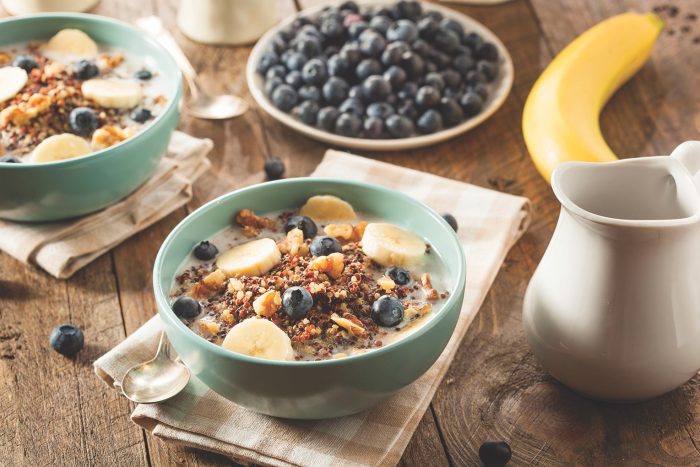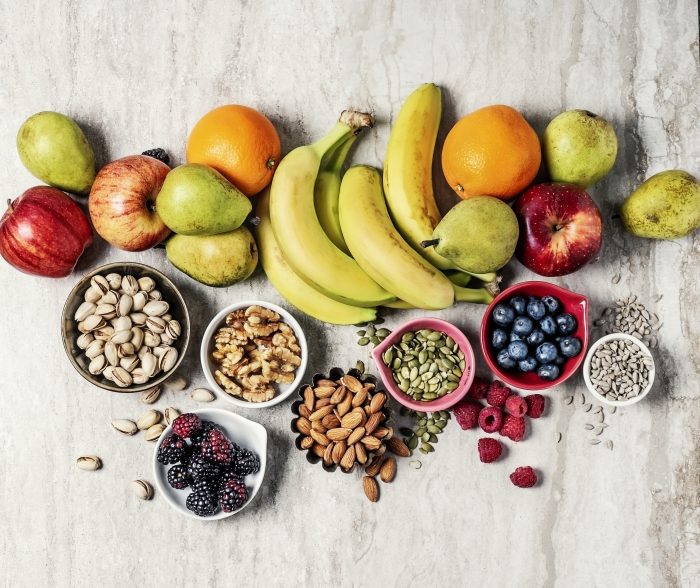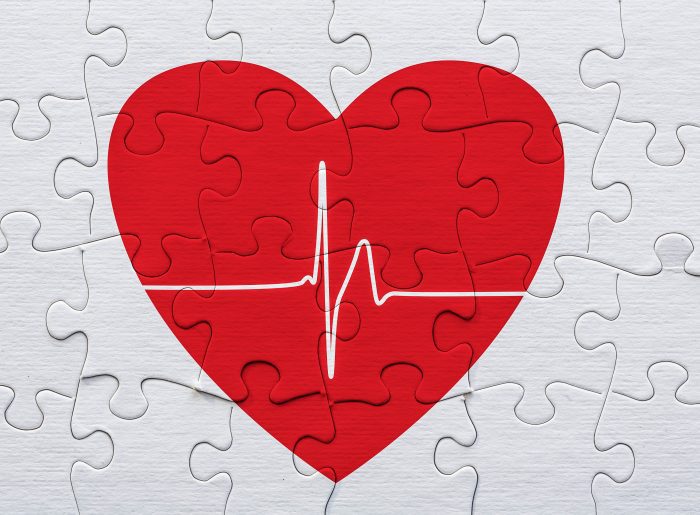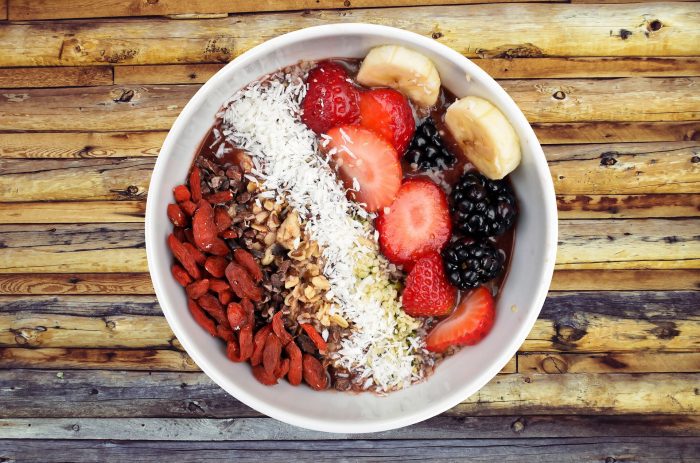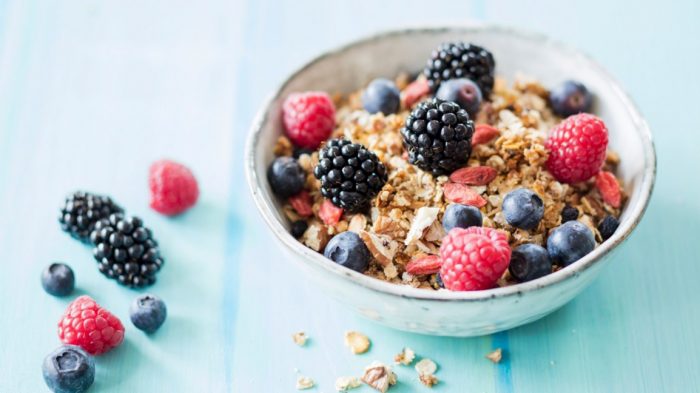Ozempic/Mounjaro don’t substitute for lifestyle changes
By David Dunaief, M.D.

Type 2 diabetes management knowledge is always evolving. Here, we will examine how some diabetes management myths hold up against recent research.
Myth: Fruit can raise your sugars
Diabetes patients are often advised to limit whole, juiced, and dried fruit, because it can raise your sugars. This is only partly true.
Yes, you should avoid fruit juice and dried fruit, because they do raise or spike glucose (sugar) levels. This includes dates, raisins, and apple juice, which are often added to “no sugar” packaged foods to sweeten them.
This is not true for whole fruit, which can be fresh or frozen. Studies have shown that patients with diabetes don’t experience sugar level spikes from whole fruit, even when they consume them in abundance (1). Another study showed that consuming whole fruit reduces type 2 diabetes risk (2).
In a third study, researchers considered the impacts of different types of whole fruits on glucose levels. They found that berries reduced glucose levels the most, but even bananas and grapes reduced these levels (3). The only fruit tested that seemed to have a mildly negative impact on sugars was cantaloupe.
Whole fruit is not synonymous with sugar. One reason for the beneficial effect is the fruits’ flavonoids, or plant micronutrients, but another is their fiber.
Myth: You should avoid all carbohydrates
Fiber is one type of carbohydrate that has important benefits. It can reduce risks for an array of diseases and improve outcomes. This holds true for type 2 diabetes risk.
Two very large prospective observational studies, the Nurses’ Health Study (NHS) and NHS II, showed that plant fiber helped reduce the risk of type 2 diabetes (4). Researchers looked at lignans, a type of plant fiber, specifically examining the metabolites enterodiol and enterolactone. They found that patients with type 2 diabetes have substantially lower levels of these metabolites in their urine when compared to the control group without diabetes. There was a direct relationship between the level of metabolites and the reduction in diabetes risk: the more they consumed and the more metabolites in their urine, the lower the risk. The authors encourage patients to eat a plant-based diet to get this benefit.
Foods with lignans include cruciferous vegetables, such as broccoli and cauliflower; an assortment of fruits and whole grains; flaxseed; and sesame seeds (5). The researchers could not determine which plants contributed the greatest benefit; however, they believe antioxidant activity drives this effect.
Myth: You should avoid soy
In diabetes patients with nephropathy (kidney damage or disease), consuming soy has been associated with kidney function improvements (6). There were significant reductions in urinary creatinine levels and proteinuria (protein in the urine), both signs that the kidneys are functioning better.
This was a four-year, small, randomized control trial with 41 participants. The control group’s diet included 70 percent animal protein and 30 percent vegetable protein, while the treatment group’s diet consisted of 35 percent animal protein, 35 percent textured soy protein and 30 percent vegetable protein.
This is important, since diabetes patients are 20 to 40 times more likely to develop nephropathy than those without diabetes (7). It appears that soy protein may put substantially less stress on the kidneys than animal protein. However, those who have hypothyroidism and low iodine levels should be cautious about soy consumption; some studies suggest it might interfere with synthetic thyroid medications’ effectiveness (8).
Myth: Ozempic/Mounjaro helps with weight loss
One of the latest entrants in diabetes sugar-control/weight loss pursuit is GLP-1 receptor agonists, including tirzepatide (Mounjaro/Zepbound) and semaglutide (Ozempic/Wegovy). They have a primary focus on glucose control and a secondary effect of weight loss. It sounds like a dream, right? Unfortunately, it’s not that simple. It’s important to recognize that the phase III clinical trial of these drugs’ weight loss capabilities actually excluded patients with diabetes (9). While the trials did measure lean body mass at different points and doses, they did not report muscle loss.
In clinical use since their approval, further studies have found patients can lose significant muscle mass during treatment. Quoted numbers range between 10 and 25 percent muscle loss (10, 11). In my practice, I have seen an average of 50 percent muscle loss. Because of this tendency, those taking tirzepatide and semaglutide need to make lifestyle changes to offset this, including weight training and diet.
We still have a lot to learn with diabetes, but our understanding of how to manage lifestyle modifications is becoming clearer. Emphasizing a plant-based diet focused on whole fruits, vegetables, beans and legumes can improve your outcomes.
If you choose a medical approach, you still need to make significant lifestyle changes to overcome its risks.
References:
(1) Nutr J. 2013 Mar. 5;12:29. (2) Am J Clin Nutr. 2012 Apr.;95:925-933. (3) BMJ online 2013 Aug. 29. (4) Diabetes Care. online 2014 Feb. 18. (5) Br J Nutr. 2005;93:393–402. (6) Diabetes Care. 2008;31:648-654. (7) N Engl J Med. 1993;328:1676–1685. (8) Thyroid. 2006 Mar;16(3):249-58. (9) N Engl J Med 2022;387:205-216. (10) AACE Clin Case Reports. 2025 Mar-Apr.;11(2):98-101. (11) Diabetes, Obesity and Metabolism. 2025 May. 27(5): 2720-2729.
Dr. David Dunaief is a speaker, author and local lifestyle medicine physician focusing on the integration of medicine, nutrition, fitness and stress management.





